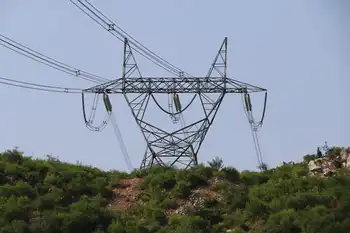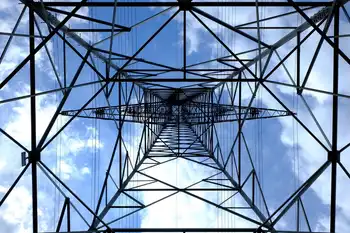NYISO identifies reliability needs between 2013 and 2022
The 2012 RNA identifies two types of reliability issues: transmission security violations, which could manifest as soon as 2013, and resource adequacy violations, which could occur by 2020.
"The RNA represents the first critical step in the NYISO's comprehensive reliability planning process," said NYISO President and CEO Stephen G. Whitley. "Long-term system planning to ensure we identify and address reliability needs is one of our most important responsibilities, and we will continue to monitor system changes as we begin the process of seeking and analyzing potential solutions."
Potential transmission security violations were identified in three different areas of the state the Genesee, Central and Hudson Valley zones with some occurring as early as 2013. Because the transmission security violations occur in the first five years of the study period, the utilities serving those zones—Rochester Gas & Electric, National Grid and Orange & Rockland—must provide local transmission plans or regulated solutions to address these needs.
Transmission security is the ability of the power system to withstand disturbances such as electric short circuits or the unanticipated loss of power system components without interruption of power delivery to the utility service areas.
The 2012 RNA also indicates that unless certain measures are taken, the current system will violate resource adequacy criteria beginning in 2020. Resource adequacy is the ability of the electric system to reliably meet electrical demand. The RNA found that resource adequacy deficiencies will exist in the Hudson Valley and downstate regions and that the needs could be satisfied with the addition of generation and transmission capacity in these areas.
The NYISO's previous RNA—completed in 2010—found that the state's electric power resources generation, transmission and demand-side program would meet reliability needs through 2020, assuming energy efficiency programs and planned resource additions proceed as anticipated and no significant facilities were retired from service. There are several reasons the 2012 RNA now finds reliability needs related to resource adequacy by 2020. The main reason is that generation modeled in the 2012 RNA is about 1,000 megawatts less due to retirements or mothballing of generating units. In addition, the load forecast for 2020 is slightly higher, and the amount of projected demand-side resources is down slightly.
Based on the finding of reliability needs in the 2012 RNA, the next step in the NYISO's comprehensive planning process will be a request for market-based and regulated solutions. Following an analysis and evaluation of the solutions received, the NYISO will develop and issue a Comprehensive Reliability Plan CRP that will determine how the reliability needs identified in the RNA are resolved by the solutions.
Five different potential scenarios that could impact system reliability also were examined in the RNA. One scenario models the retirement of the two generating units at the Indian Point Energy Center prior to 2016, which would cause both resource adequacy deficiencies and transmission security violations. The other scenarios provide information on resource adequacy violations based upon higher or lower demand forecasts, the hypothetical retirement of all coal-fired generation in New York by 2015 and the maximum amount of generation capacity in various parts of New York State that could retire without causing resource adequacy violations.
The 2012 RNA was developed through the NYISO's stakeholder process, which provides input from regulators and market participants who supply, use, transmit and trade energy in New YorkÂ’s competitive wholesale electricity markets.
While preparing the CRP, the NYISO will continue to monitor and evaluate the progress of new market-based projects interconnecting to the system, the development and installation of local transmission facilities, the status of existing and mothballed generation units, the continued implementation of the stateÂ’s energy efficiency programs, participation in demand response programs and the impact of new and proposed environmental regulations on the existing generation fleet.
A copy of the 2012 RNA is available on the NYISO website — www.nyiso.com.
Related News

Lawmakers question FERC licensing process for dams in West Virginia
WASHINGTON - As federal lawmakers plan to consider a bill that would expand Federal Energy Regulatory Commission (FERC) licensing authority, questions emerged on Tuesday about the process used by FERC to issue two hydropower licenses for existing dams in West Virginia.
In a letter to FERC Chairman Neil Chatterjee, Democratic leaders of the House Energy and Commerce Committee raised questions about hydropower licenses issued for two dams operated by the U.S. Army Corps of Engineers on the Monongahela River in West Virginia.
U.S. Reps. Frank Pallone Jr. (D-NJ), the ranking member of the Subcommittee on Energy, Bobby Rush (D-IL), the ranking member…





